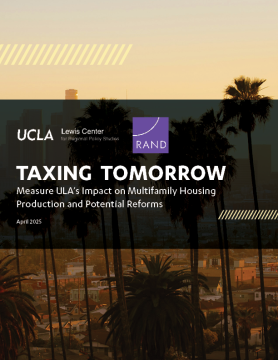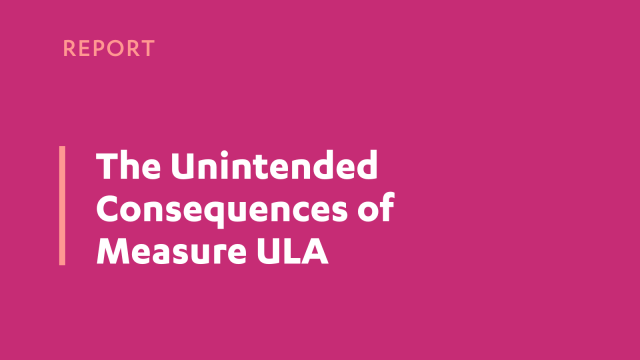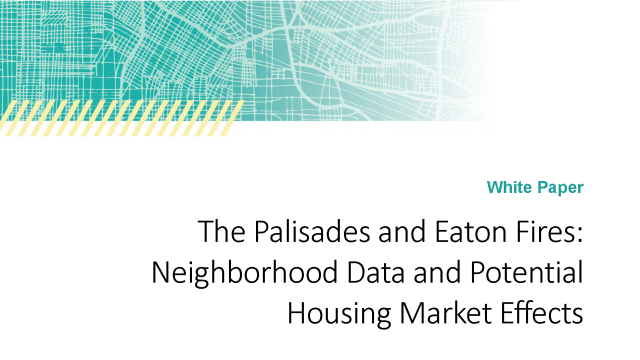Affordable Housing in High Opportunity Areas: Insights for Fair Housing Advocates
The Low Income Housing Tax Credit (LIHTC) program is responsible for the lion’s share of new affordable housing development in the United States. Since 1986, LIHTC has funded the construction of approximately 2.5 million units. A disproportionate number of these units, 90%, have been built in disadvantaged neighborhoods, despite the recent efforts of policymakers to direct construction to so-called high opportunity areas – census tracts with low poverty levels that provide economic and educational opportunities for residents.
In this thesis, I ask whether there are statistically significant differences between LIHTC projects built in high opportunity areas compared with projects built elsewhere. Theory suggests that there will be, as high opportunity areas are often zoned for single-family housing and have particularly restrictive anti-development residents and building regulations. I answer this question using data from the Department of Housing and Urban Development (HUD), the National Housing Preservation Database (NHPD), the Federal Housing and Finance Administration (FHFA), the US Census (ACS 5-year estimates), and metro area parcel databases.



